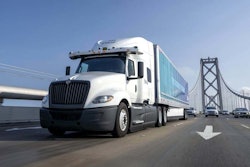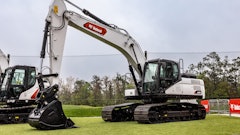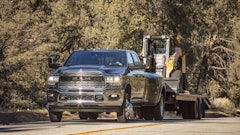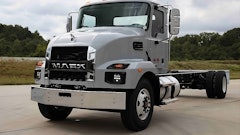During the most recent truck launches I have attended the press seems fixated on autonomous vehicles and the concept of filling the driver void with driverless trucks. I understand the fascination with the technologies being used. As recently as five years ago we wouldn't even be having this discussion. But sometimes I think optimism for some of these technologies needs to be tempered with a dose of realism.
That fact is autonomy will continue to progress. Many of the developments will lead to driver aides and semi-autonomous capabilities, but the thought of a truck running down our current without being at least monitored by a driver faces some serious technological challenges. Consider our current infrastructure for one. Many roads in this country are still unpaved. In my home state over half the roads are unpaved. Talking with vehicle engineers, it seems there are not any solutions for autonomy in this environment at this point in time. Many roads have poor lane marking and in some cases there may not be any lane marking to use as a reference. One engineer I recently talked with told me that developing countries may actually have a slight advantage developing autonomous vehicles because the solutions can be incorporated into the infrastructure as it is built. Currently, the U.S. is challenged with repairing its infrastructure let alone budgeting additional money to develop solutions for autonomous vehicles.
Then there is the weather. In the Northern climates we tend to get snow from time to time. Currently there is not a good autonomous solution for 100 percent snow covered roads. When the road and all surround scenery is white, it is even difficult for many drivers to determine where the road lanes start and stop. Dense fog and heavy downpours are other challenging environments. These are not small problems to overcome and are common when traversing U.S. roads. Not every road is located where the sun is shining, the pavement is smooth and the lane markings are clear.
Throw in challenges of distracted drivers, jaywalking pedestrians, road debris and other real world challenges and autonomous vehicle design becomes very complex. After talking to many vehicle engineers I have become convinced the autonomous vehicles will eventually become a reality. But I also realize this is a long road, not a dragstrip. While we need to keep an eye on autonomous vehicle develop, this is not something that is going to solve today's problems tomorrow. We need to think of this more as a long-term investment in the future. Advancements made along the way may lead to features which help alleviate the stresses of driving while making the roads safer for all.




















